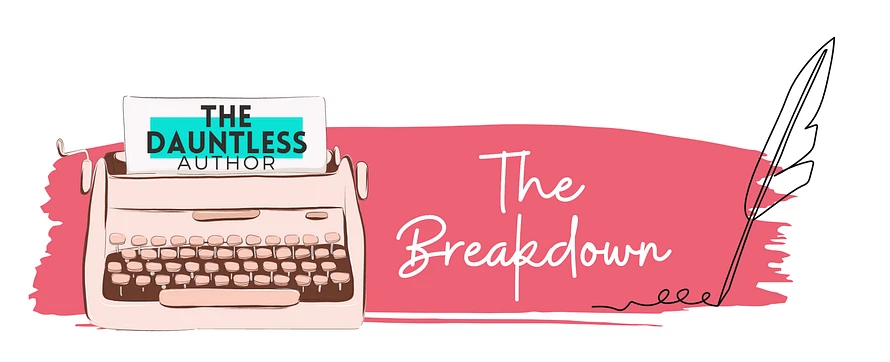The 7 Hidden Stages Every Novel Goes Through (That No One Talks About)
My short and sweet roadmap from chaotic thoughts and blank pages to writing The End and slipping that baby onto your bookshelf.
As aspiring authors, you see the finished novels on shelves and think, “How do I get from blank page to that?” What you don’t see are the messy, invisible stages that every published author goes through. Here’s the real roadmap based on my experience:
1. The Spark & Chaos Stage Every book starts with a whisper—a random idea, a “what if,” or dialogue that won’t leave you alone. At this stage, it’s all chaos and excitement. You feel like you cannot write fast enough. Sticky notes everywhere, half-formed characters, messy notebooks. Nothing makes sense yet, but the excitement is electric.
2. Building the Skeleton Once the spark takes hold, give it structure. Outlines, character sheets, world-building documents, plot beats. Think of it like laying out bones—not pretty, but it’s the foundation that holds everything together. I never miss this step—my brain gets too chaotic and I lose steam if I don’t find structure.
3. Research & World-Building This is the rabbit-hole stage. Whether it’s survival tactics, historical accuracy, or fantasy lore—dive deep. Readers might not notice every detail, but they feel it when your world is solid and authentic. Even when I make up my own lore, it has to make sense in the world. You can’t get sloppy! World-building is the glue that holds your story together.
4. Drafting in Layers Your first draft is NOT your book—it’s raw material. It’s fluid and I can’t be rigid in this. Sometimes, I even draft scenes out of order, leave gaps, write placeholders like “insert epic fight here” and “something funny here” when rushing to capture ideas. Each draft adds depth, polish, and heart.
5. The Brutal Cut This is what aspiring authors fear most: the cutting room floor. Sometimes, entire chapters get rearranged or deleted. Character arcs change. Your favorite scenes might not make the final cut. It’s painful but necessary—the story is always stronger for it. The quicker you can accept that and embrace it, the better off you’ll be.
PRO TIP: Keep what you don’t use. Deleted scenes are GOLD. You might not want to do anything with it now, but you never know if you want to do a special edition one day, or offer a sneak peek behind your process to members later. I ALWAYS keep those morsels.
6. Feedback & Collaboration Writing looks and feels solitary, but no published book exists without collaboration. Beta readers, critique partners, editors, proofreaders—they help transform your story into something tighter and more impactful. Embrace this stage instead of fearing it. Get a good group together to help your story shine!
7. Transformation & Publication The final stage involves copyedits, cover design, formatting, marketing—the business side that transforms your manuscript into an actual book. It’s not always fun, but when you finally hold YOUR book, it's hard to believe it started as a scribbled late-night idea.
✨ Remember: Every published author has walked this exact path. The difference between published and aspiring authors isn’t talent—it’s persistence through these seven stages.
Your novel isn’t just words on a page—it’s proof you can turn chaos into story (and your dreams into reality).
Be dauntless!
Linds
